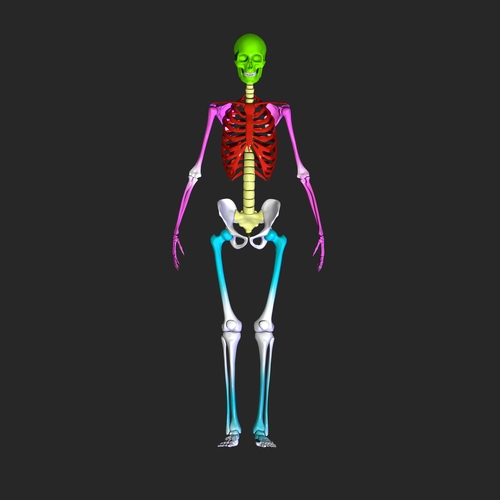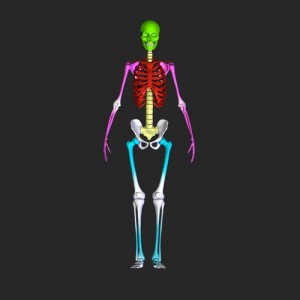New Guidelines Recommend Genetic Testing on MD Patients

 The American Academy of Neurology (AAN) and the American Association of Neuromuscular & Electrodiagnostic Medicine (AANEM) recently released new guidelines on the evaluation of MD patients by physicians, recommending that professionals should review all facts regarding symptoms, family history, ethnicity, physical exams, and lab tests in order to determine the most efficient genetic tests for determining limb-girdle or distal muscular dystrophy. The guideline was published last Tuesday, October 14th, in the article “Evidence-based guideline summary: Diagnosis and treatment of limb-girdle and distal dystrophies” in Neurology, the medical journal of the AAN.
The American Academy of Neurology (AAN) and the American Association of Neuromuscular & Electrodiagnostic Medicine (AANEM) recently released new guidelines on the evaluation of MD patients by physicians, recommending that professionals should review all facts regarding symptoms, family history, ethnicity, physical exams, and lab tests in order to determine the most efficient genetic tests for determining limb-girdle or distal muscular dystrophy. The guideline was published last Tuesday, October 14th, in the article “Evidence-based guideline summary: Diagnosis and treatment of limb-girdle and distal dystrophies” in Neurology, the medical journal of the AAN.
The two associations joined forces to create a set of recommendations for physicians to improve the treatment of muscular dystrophy through the work of a group of experts who reviewed available research data on disorders responsible for the waste and weakness of muscles.
“These are rare muscle diseases that can be difficult to diagnose,” explained the guideline’s lead author Pushpa Narayanaswami, MD, of Harvard Medical School in Boston and a Fellow of the AAN and AANEM. “With an accurate diagnosis, unnecessary tests or treatments may be avoided. Knowing the specific subtype is important for getting the best possible care.”
Limb-girdle muscular dystrophy is a disease that mainly affects the muscles near the center of the body, such as the top of the arms or legs, while distal muscular dystrophy pertains mainly to the hands and feet. Experts are still researching the diseases, since there are many subtypes of Muscular Dystrophy, and the subtypes remain difficult to diagnose. However, the AAN and AANEM believe that signs and symptoms, in addition to information like family history, may help doctors understand the disease.
[adrotate group=”3″]
“Looking at a range of clinical signs and symptoms—such as which muscles are weak and if there is muscle wasting or enlargement, winging out of the shoulder blades, early signs of contracted limbs, rigidity of the neck or back, or heart or lung involvement—can help doctors determine which genetic test to order,” said senior author Anthony A. Amato, MD, also of the Harvard Medical School and a Fellow of the AAN and AANEM. “This in turn can shorten the time to diagnosis and start of treatment while helping avoid more extensive and expensive testing.”
The guideline also recommends that patients suffering from the disease establish a relationship with a treatment center that is specially designed to treat muscular dystrophy. In addition, patients should notify their physicians about abnormal symptoms like rapid heart beat, skipping heart beats, shortness of breath, pain, or swallowing difficulties, in order to adapt their treatment and establish an appropriate exercise plan.
“Before this publication, there were no care guidelines that covered both limb-girdle muscular dystrophy and distal MD and were based on the evidence,” said Julie Bolen, PhD, MPH, team lead, National Center on Birth Defects and Developmental Disabilities, Centers for Disease Control and Prevention (CDC).
The recommendations in the guideline are meant to help physicians treat and manage the complications associated with muscular dystrophy, which includes muscle symptoms, heart problems, and breathing problems. “We hope that this guideline will fill that gap for both the people who live with these rare disorders and the health care professionals who treat them,” Bolen added.






